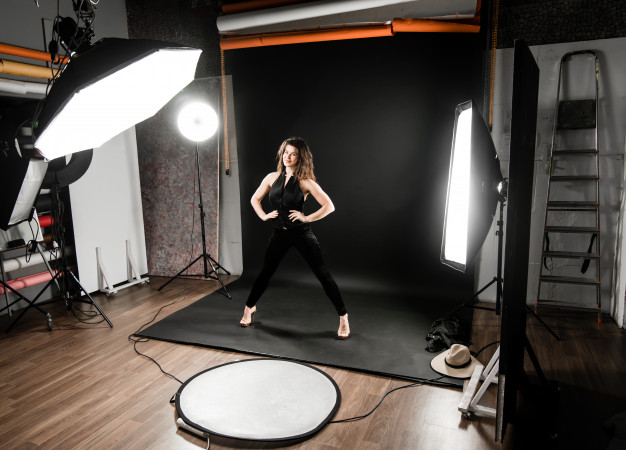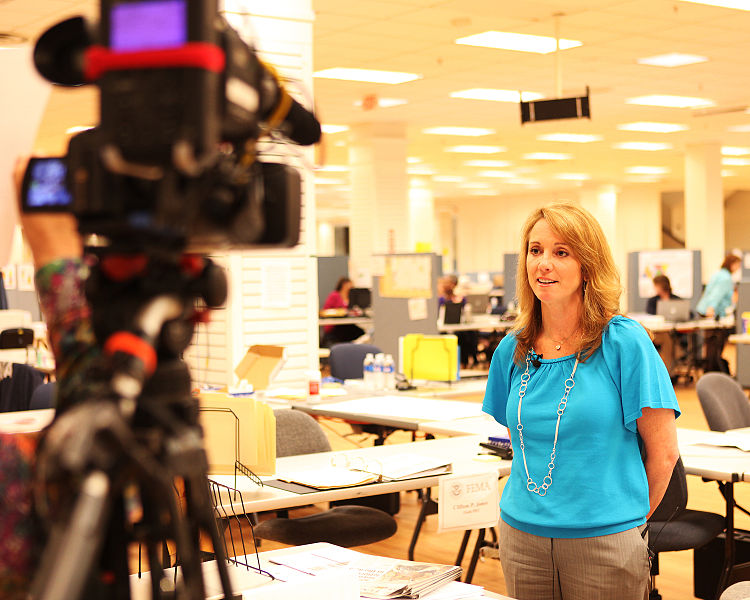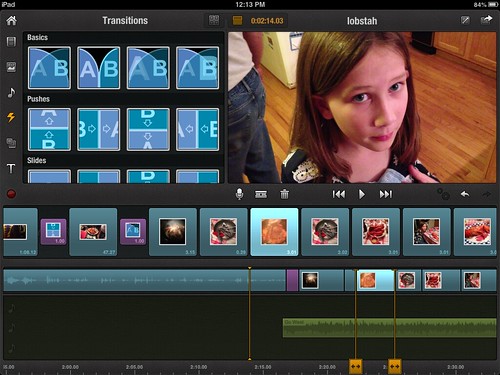Video production process comprises of producing video content or making a film with images which are recorded digitally. There are three stages involved in video production pre-production, production, and post-production.
Pre-production involves planning aspects of the video production process. As the name suggests, it starts before the filming begins and includes scriptwriting, scheduling, logistics, and other administrative duties.
The production aspect is a phase in filmmaking which involves capturing the video content or videography/ filming the subjects of the video.
Post-production procedure consists of activities which are undertaken in the later stages such as combining video clips, through video editing into a finished product. Video editor ensures the entire intended story is narrated or communicated to the prospective audience by video.
There are a lot of components that have to be considered while making a successful video, especially for commercial purposes.
Majority of the video content is captured through electronic media such as solid-state storage used in the personal cameras or flash storage used in professional-grade cameras.
Video content which is finally distributed digitally comes in few common formats such as .mpeg, .mpg, .mp4, .mov, avi, etc.

The video production process varies depending upon the style, timeline, content, budget, and the efforts of the producer. There are some standard building blocks in the process of producing a video.
The chronology of the video production process is as follows:-
1) The pre-production phase
Being the first step involved in the process of creating the video, it revolves around making all the preparation and setting the groundwork. It requires planning, researching, problem-solving, and organizing the necessary setup for a video project.
The process also includes laying down video strategy /goal, budget, story selection, talent search, production team preparation and equipment needed, and location scouting. Series of meetings are held amongst the video production team and the clients. These meetings facilitate discussion on the scope of the project.
The goals of the video are discussed, strategies and the purpose are laid down so that the final product turns out to be the way desired. The branding, target audience, tone and the feel of the video are also discussed in this early stage along with the location details, characters, and the timeline
In this stage, the shoot preparations are also done. The preparations include ensuring the script relevance and characters are vetted. The schedule and locations are finalized and confirmed so that the next step of production takes place smoothly.

2) The production phase
After the pre-production process is completed, the production phase sets in. In this phase, all the footage and interviews to be showcased in the videos are captured. It is in the production phase, where the raw material for the video is captured live. In case the client has some specific version, idea, or visuals, the same should be communicated with the video production team. This laying out of particular requirements should be done before the end of the production phase so that those could be included in the final video.
The production phase includes steps like setting up the environment for the video shoot, such as positioning the lights, sound, and video equipment. Final conducting of the shoot and recording with the voice over artist is done. This is followed by capturing b-roll. B- roll is extra footage that helps to support the storyline of the video.

3) The post-production phase
This is the final stage of the video production process. Here, the efforts of the producer and the editor go-in to produce the final video. It begins with the process of organizing, planning, and editing the actual video after reviewing all the footage and the transcripts of the video captured. This process includes assembling the story and video clips. This is done in a manner that the whole message is conveyed to audiences.
Video editor is the person responsible for creating the magic by bringing the pieces together and narrating the message in such a manner that it can capture audiences imagination and fascination. This phase includes capturing the content, producing the final story, selecting the music, video editing, reviewing and approvals, and then the final delivery of the video content to the clients in the format needed.
This entire process of creating videos needs a lot of time and creativity, and every production company has different timelines for the post-production phase.
All the digital platforms like YouTube, Facebook, Instagram, etc. have somewhat different specifications for video playback in the optimal format. So, make sure to convey the format needed to the production team so that the video is formatted as per the requirement.

What is the necessity of video production process?
The video production process is quite important because it brings in various aspects together in a systematic fashion. Proper research, location for the shooting, characters in the storyline brings in dependability on the video production team.
As video production takes time, this video production process helps to lay down the total period that would be needed until the final product reaches the client.
The video production process also helps in asserting the actual cost of production inclusive of shooting and editing cost. Production rates are based on time invested in video production.
Conclusion
As every video production company and the video project are different, they require different budget and period. But some key elements are basic to every video project that enables its smooth execution. The in-house production team or video production services providers can help to produce professional content which would be responsible for gaining brand acknowledgment on the wider scale.


